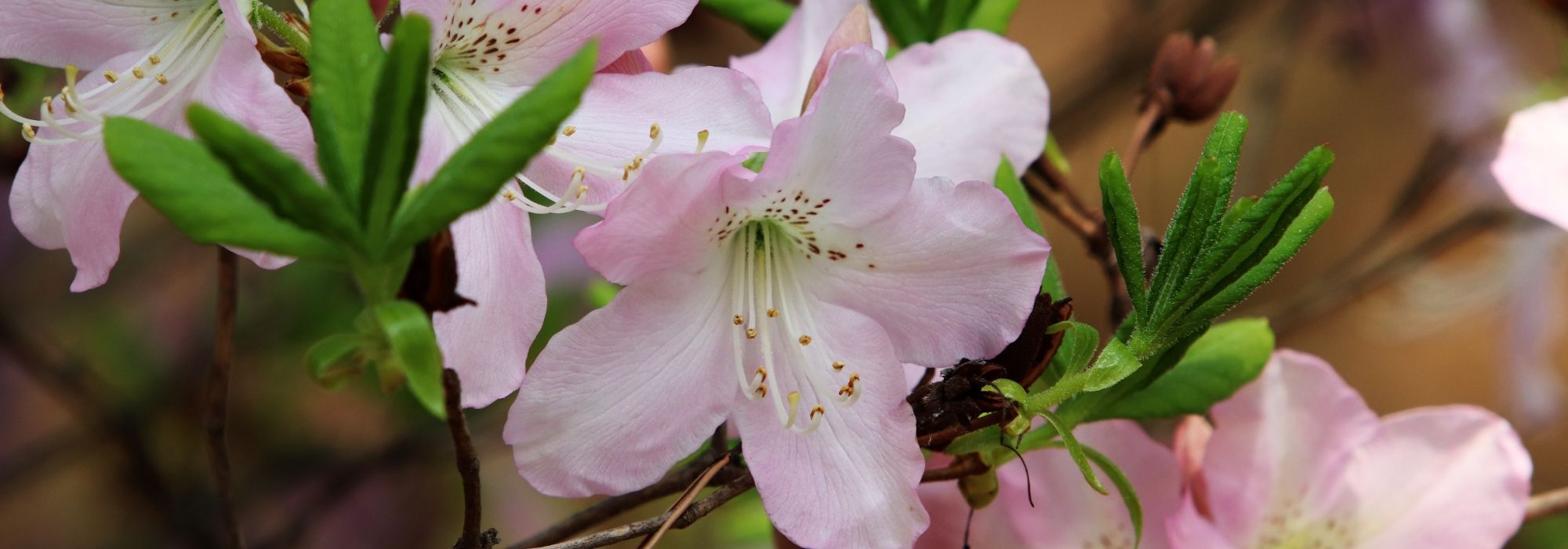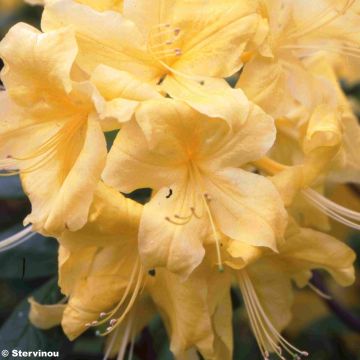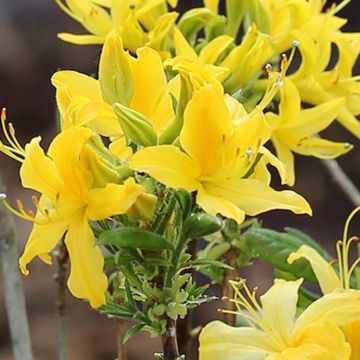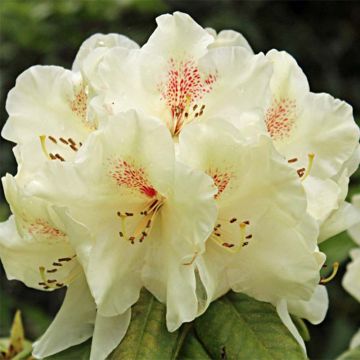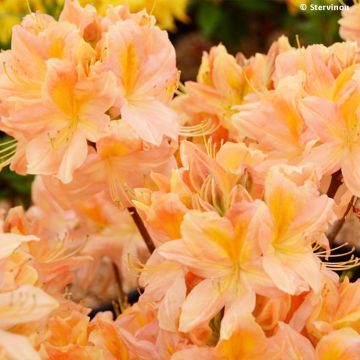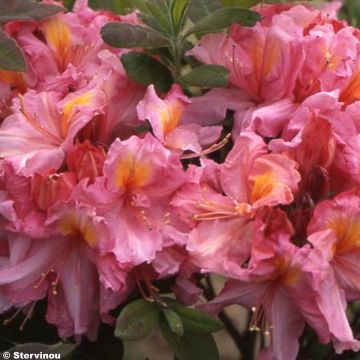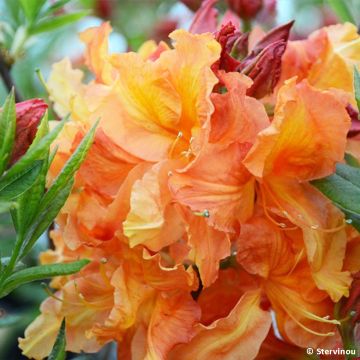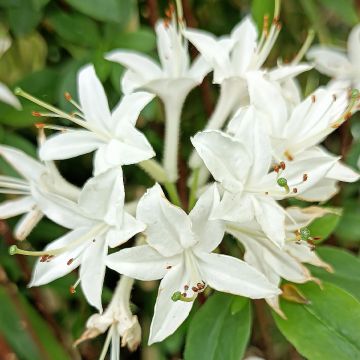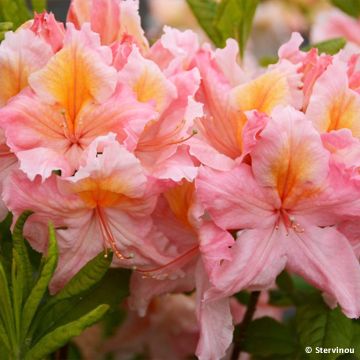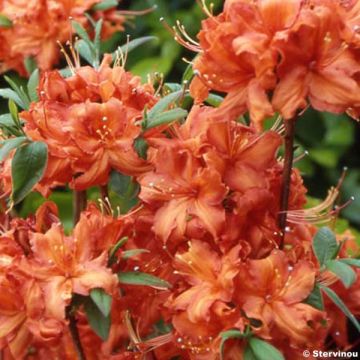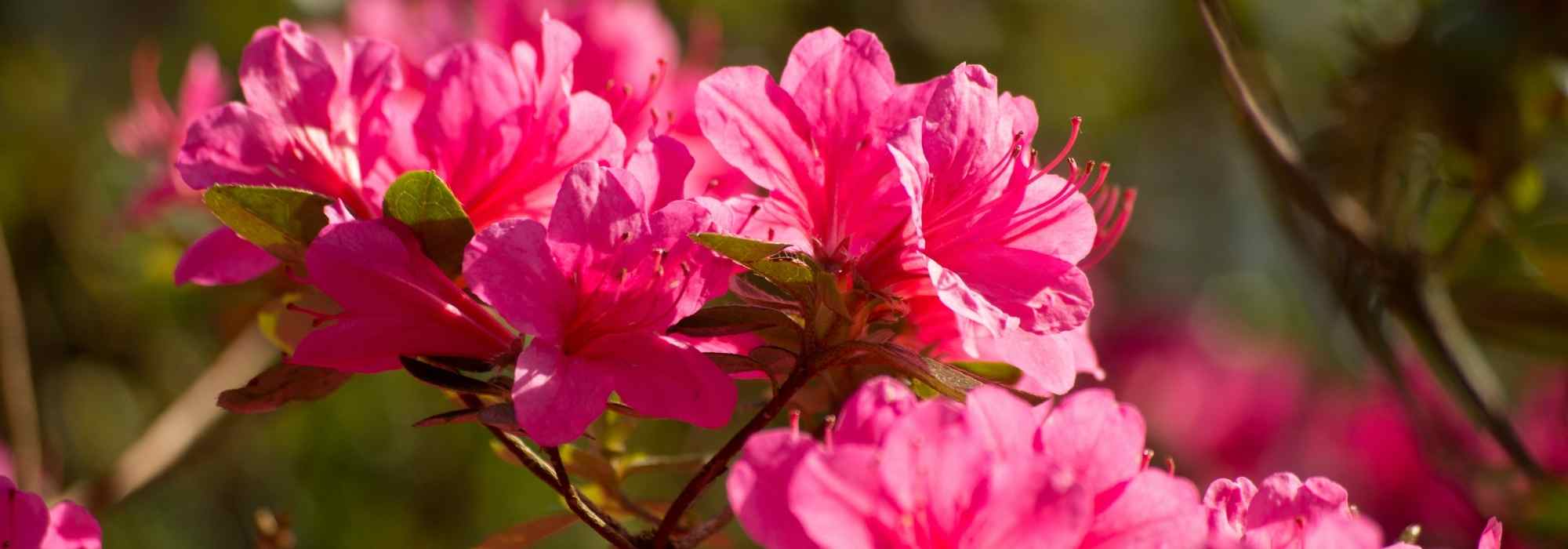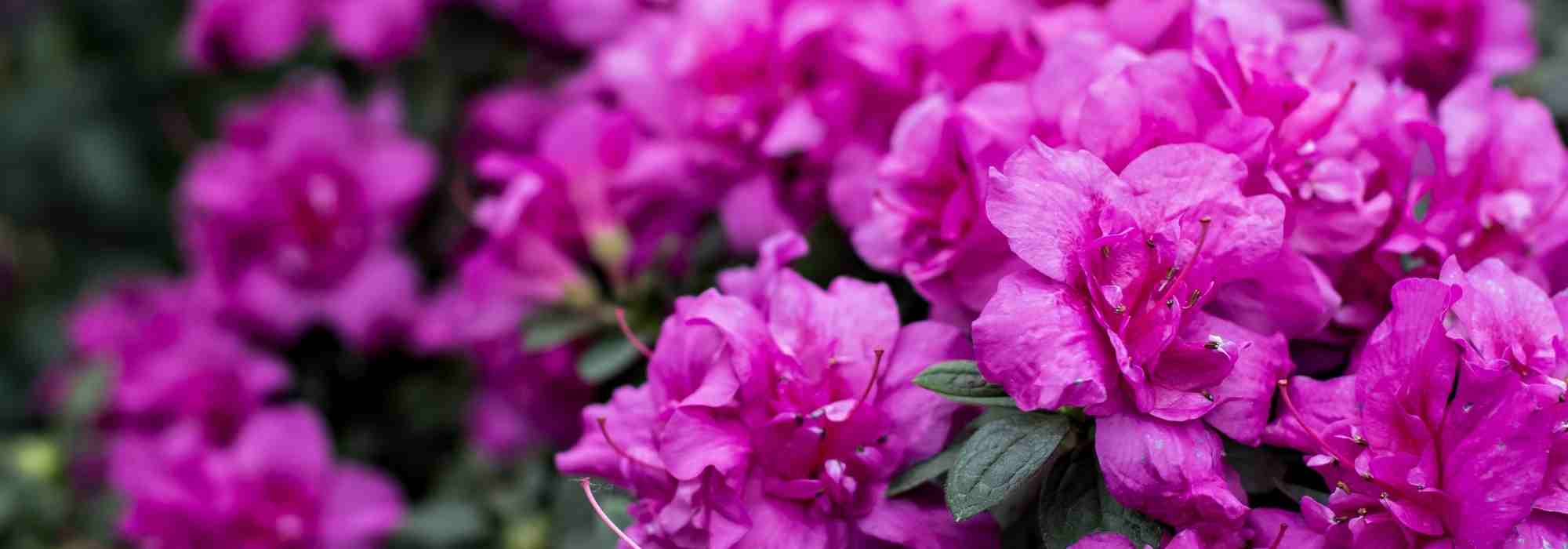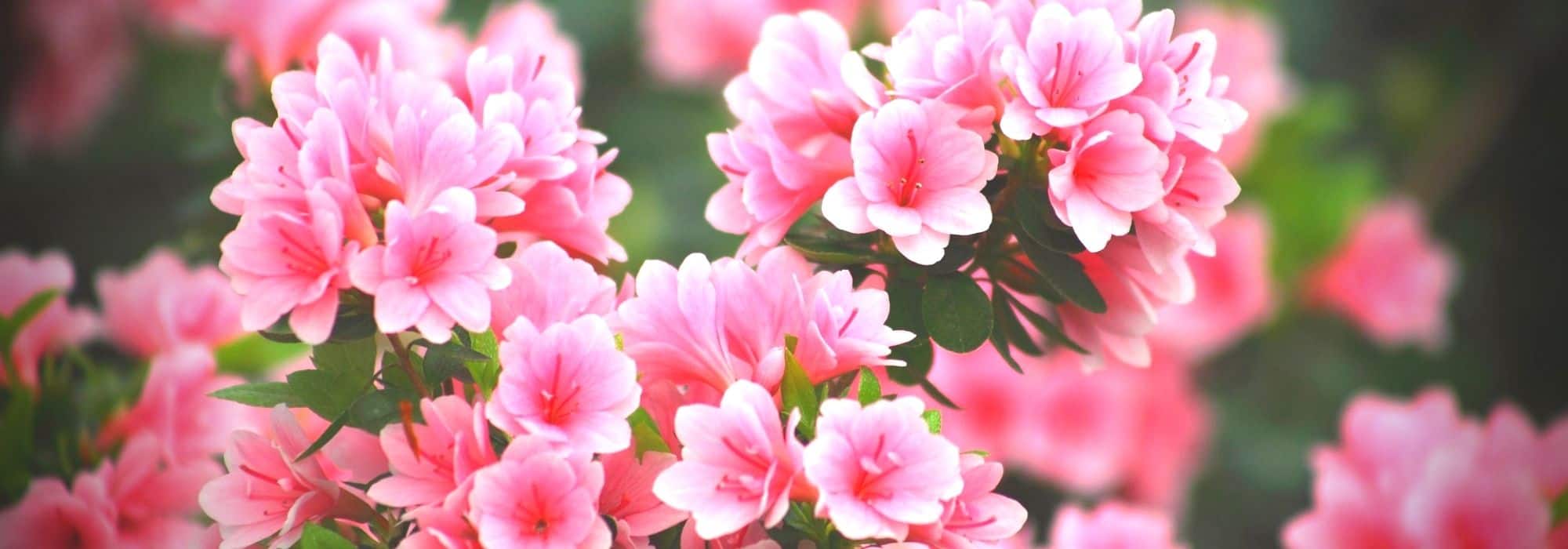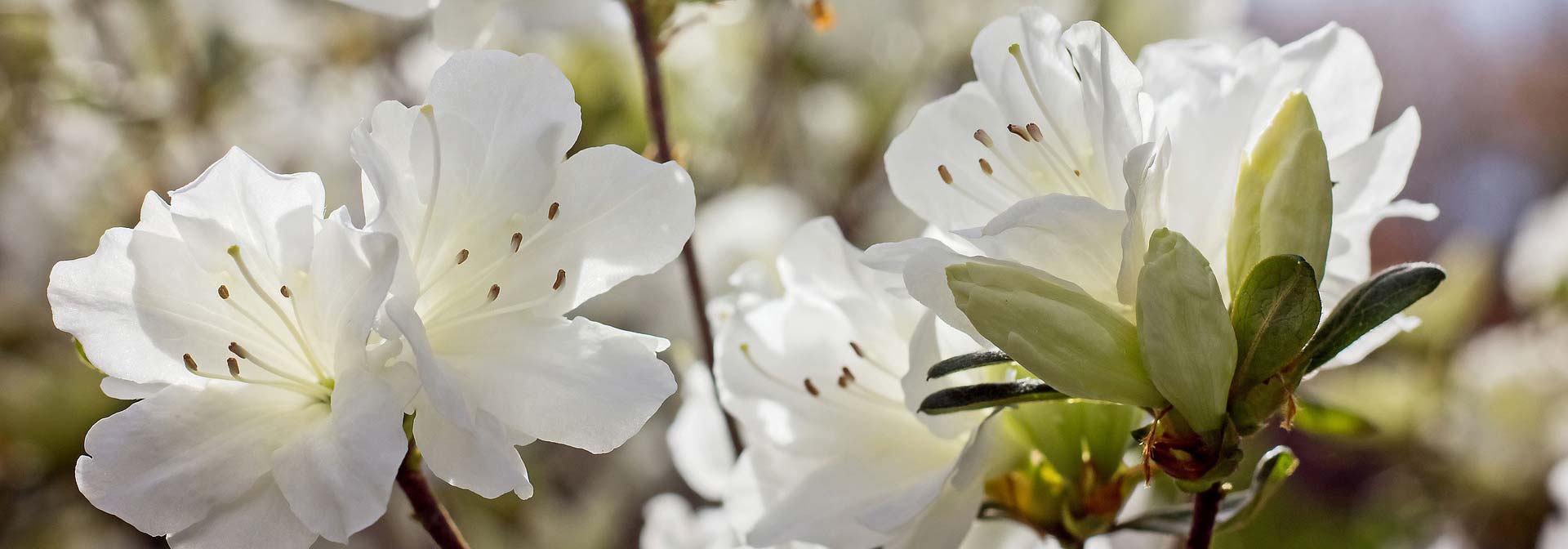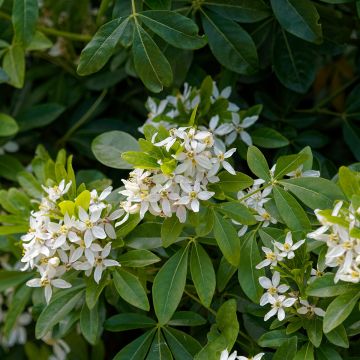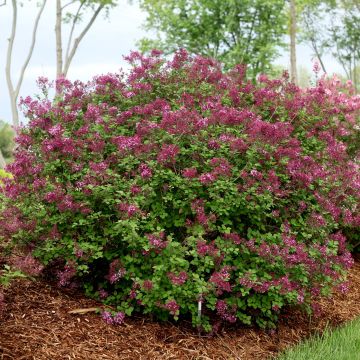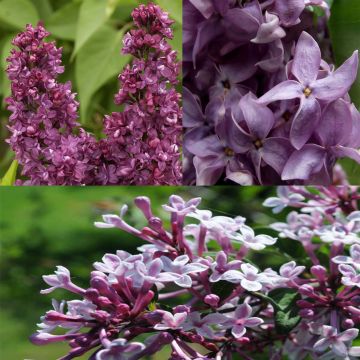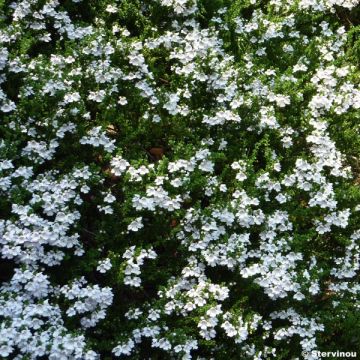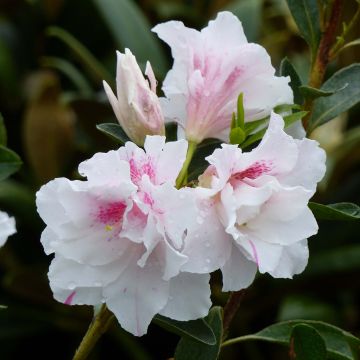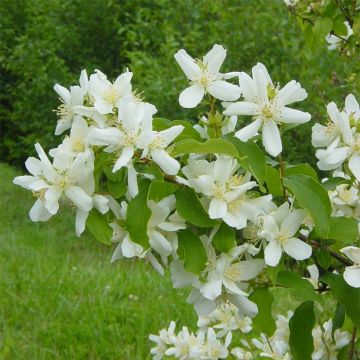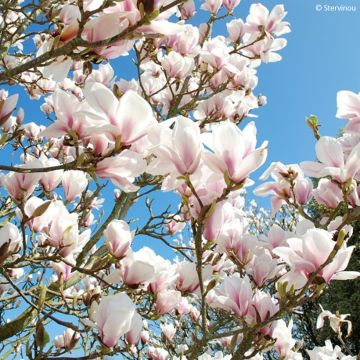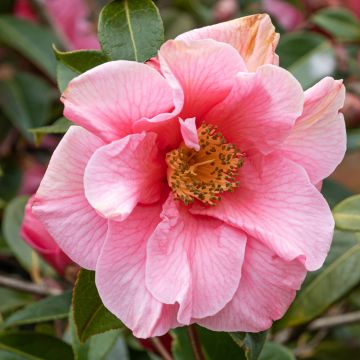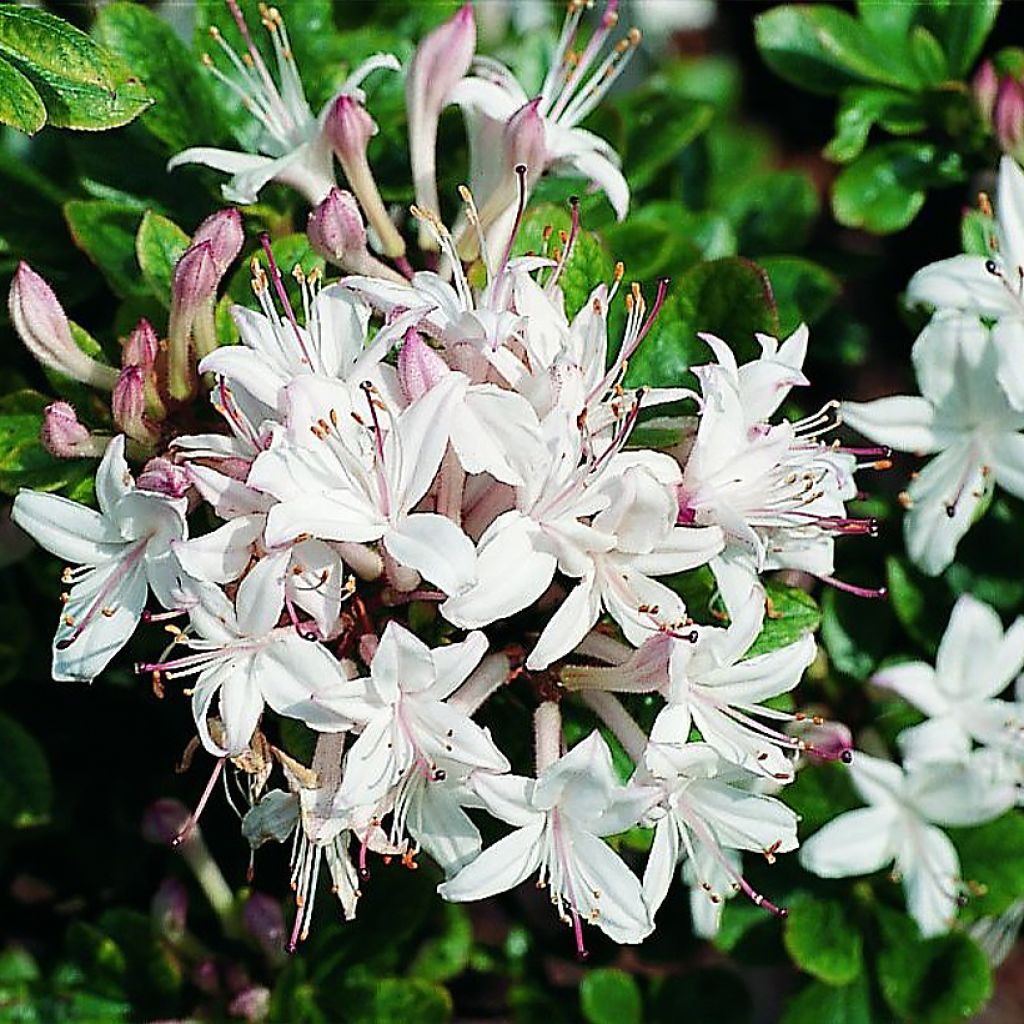

Azalée de Chine - Rhododendron viscosum Sommerduft
Chinese Azalea Sommerduft
Rhododendron (Azalea) x viscosum Sommerduft
Chinese Azalea
Special offer!
Receive a €20 voucher for any order over €90 (excluding delivery costs, credit notes, and plastic-free options)!
1- Add your favorite plants to your cart.
2- Once you have reached €90, confirm your order (you can even choose the delivery date!).
3- As soon as your order is shipped, you will receive an email containing your voucher code, valid for 3 months (90 days).
Your voucher is unique and can only be used once, for any order with a minimum value of €20, excluding delivery costs.
Can be combined with other current offers, non-divisible and non-refundable.
Home or relay delivery (depending on size and destination)
Schedule delivery date,
and select date in basket
This plant carries a 24 months recovery warranty
More information
We guarantee the quality of our plants for a full growing cycle, and will replace at our expense any plant that fails to recover under normal climatic and planting conditions.
Does this plant fit my garden?
Set up your Plantfit profile →
Description
The Chinese Azalea 'Sommerduft' is a beautiful slow-growing bush with deciduous foliage. This variety is remarkable for its white flowering, barely tinged with pink, and its pleasant fragrance. Very late compared to other varieties and long-lasting, it starts in mid-spring and ends in early summer. Very hardy, this bush will thrive in a gently sunny or semi-shady position, in slightly moist acidic soil. It is an excellent choice for a small garden, bringing its bright flowering at an unusual time for a Rhododendron.
Azaleas are now classified as Rhododendrons, members of the Ericaceae family, which includes many ornamental genera (Kalmia, Leucothoe, Erica, Calluna, Oxydendrum, Gaultheria, Pieris...) as well as some small fruits (Vaccinium: blueberry, Arbutus: strawberry tree, Arctostaphyllos uva-ursi: bearberry). The Rhododendron genus is very rich in species (about a thousand). It includes evergreen and deciduous species, from miniature bushes to 15-metre (49 feet 2 inches)-high trees. The flowers cover almost the entire range of colours thanks to the numerous horticultural varieties available on the market.
The Rhododendron viscosum is a species native to the eastern United States, where it is indigenous over a large geographical and climatic area, ranging from cold New England (which explains its great hardiness down to -24°C (-11.2 °F), or even lower) to subtropical Florida (which earns it one of its common names, Swamp Azalea). This astonishing range is not its only uniqueness, as it flowers in June-July, which is very unusual, producing flowers with viscous tubes (hence its species name viscosum).
Rhododendron 'Sommerduft' is a commonly classified horticultural hybrid in the Chinese Azaleas. It is a slow-growing bush, growing only about 10cm (3.9in) per year. At maturity, it can reach a height of 1.50 to 1.70m (4ft 11in to 5ft 7in), with a width of 1 to 1.30m (3ft 4in to 4ft 4in). Its deciduous leaves are small, 3 to 5cm (1.2 to 2in) long, obovate (wider near the tip than at the base), and a bright green. Its small flowers 3cm (1.2 in) in diameter are clustered in clusters of 10 to 20 flowers, almost pure white, slightly tinged with pink. The late flowering starts in May and can last until July in cool climates such as Germany. In addition to this duration, it has the attraction of a fairly intense fragrance ('Sommerduft' means summer scent in German...). Very nectar-rich, its flowers delight bees and other pollinators, adding a utilitarian role to its ornamental interest.
The 'Sommerduft' azalea will be ideal for extending the flowering season of a heather bed. You can associate it with many other earlier varieties of Rhododendrons, while summer-flowering plants will further extend the period of full bloom. Combine it with the essential Hydrangeas with large heads (Hydrangea macrophylla), whose spectacular inflorescences will take over until September, in shades of white, pink, red or blue. Then it will be the turn of autumn Camellias, or Camellia sasanqua, whose different varieties will ensure wonderful flowering from September to December. Finally, consider winter-flowering shrubs to animate your bed during the cold days, especially with the sculptural Garrya elliptica with its long pendulous catkins.
Divided into 2 horticultural groups, the Rhododendron genus includes, on one hand, Azaleas from China and Japan, with small persistent or deciduous leaves, and 5 stamens per flower, and on the other hand, Rhododendrons with ample, persistent and glossy foliage, whose flowers have more than 10 stamens. Although highly debatable from a botanical point of view, this classification is still widely used by horticulture professionals.
Plant habit
Flowering
Foliage
Botanical data
Rhododendron (Azalea)
x viscosum
Sommerduft
Ericaceae
Chinese Azalea
Cultivar or hybrid
Other Chinese Azalea
View all →Planting and care
Plant the 'Sommerduft' Rhododendron in a sunny, non-burning exposure in the north, and in semi-shade in hotter areas, protected from cold and drying winds, in a fresh, humus-rich, and light soil with an acidic tendency. Like all plants in the heath family, it does not tolerate chalky soils or heavy soils saturated with water in winter.
Dig a hole three times larger than the pot. Soak the root ball in non-chalky water for fifteen minutes, and plant the bush at the collar level, in a mixture composed of 1/4 turf, leaf compost, gravel or pumice, and loam. Water generously and keep the soil moist during summer.
Azaleas and Rhododendrons have a shallow root system. As a result, they are sensitive to prolonged periods of drought. That is why it is recommended to enrich the soil with humus and provide abundant watering during dry periods. In addition, this root system is not very strong, which is why it is essential to lighten heavy soils with draining materials (gravel, pumice, clay pellets) during planting.
Then, spread a mulch of crushed pine bark around the base of the bush every spring to maintain soil moisture while preserving an acidic pH. Maintenance consists of cutting off faded flowers in summer with pruning shears and cleaning dead branches. Azaleas and Rhododendrons can sometimes be attacked by weevils that eat the edges of leaves and rootlets, as well as the famous "rhododendron beetle" which rarely causes serious damage. Yellowing of the leaves (chlorosis) in Rhododendrons indicates poor assimilation of iron in the soil and can lead to premature plant death. While limestone is often the cause, poorly drained soil or a deeply planted root ball can also explain the phenomenon.
Planting period
Intended location
Care
Planting & care advice
This item has not been reviewed yet - be the first to leave a review about it.
Similar products
Haven't found what you were looking for?
Hardiness is the lowest winter temperature a plant can endure without suffering serious damage or even dying. However, hardiness is affected by location (a sheltered area, such as a patio), protection (winter cover) and soil type (hardiness is improved by well-drained soil).

Photo Sharing Terms & Conditions
In order to encourage gardeners to interact and share their experiences, Promesse de fleurs offers various media enabling content to be uploaded onto its Site - in particular via the ‘Photo sharing’ module.
The User agrees to refrain from:
- Posting any content that is illegal, prejudicial, insulting, racist, inciteful to hatred, revisionist, contrary to public decency, that infringes on privacy or on the privacy rights of third parties, in particular the publicity rights of persons and goods, intellectual property rights, or the right to privacy.
- Submitting content on behalf of a third party;
- Impersonate the identity of a third party and/or publish any personal information about a third party;
In general, the User undertakes to refrain from any unethical behaviour.
All Content (in particular text, comments, files, images, photos, videos, creative works, etc.), which may be subject to property or intellectual property rights, image or other private rights, shall remain the property of the User, subject to the limited rights granted by the terms of the licence granted by Promesse de fleurs as stated below. Users are at liberty to publish or not to publish such Content on the Site, notably via the ‘Photo Sharing’ facility, and accept that this Content shall be made public and freely accessible, notably on the Internet.
Users further acknowledge, undertake to have ,and guarantee that they hold all necessary rights and permissions to publish such material on the Site, in particular with regard to the legislation in force pertaining to any privacy, property, intellectual property, image, or contractual rights, or rights of any other nature. By publishing such Content on the Site, Users acknowledge accepting full liability as publishers of the Content within the meaning of the law, and grant Promesse de fleurs, free of charge, an inclusive, worldwide licence for the said Content for the entire duration of its publication, including all reproduction, representation, up/downloading, displaying, performing, transmission, and storage rights.
Users also grant permission for their name to be linked to the Content and accept that this link may not always be made available.
By engaging in posting material, Users consent to their Content becoming automatically accessible on the Internet, in particular on other sites and/or blogs and/or web pages of the Promesse de fleurs site, including in particular social pages and the Promesse de fleurs catalogue.
Users may secure the removal of entrusted content free of charge by issuing a simple request via our contact form.
The flowering period indicated on our website applies to countries and regions located in USDA zone 8 (France, the United Kingdom, Ireland, the Netherlands, etc.)
It will vary according to where you live:
- In zones 9 to 10 (Italy, Spain, Greece, etc.), flowering will occur about 2 to 4 weeks earlier.
- In zones 6 to 7 (Germany, Poland, Slovenia, and lower mountainous regions), flowering will be delayed by 2 to 3 weeks.
- In zone 5 (Central Europe, Scandinavia), blooming will be delayed by 3 to 5 weeks.
In temperate climates, pruning of spring-flowering shrubs (forsythia, spireas, etc.) should be done just after flowering.
Pruning of summer-flowering shrubs (Indian Lilac, Perovskia, etc.) can be done in winter or spring.
In cold regions as well as with frost-sensitive plants, avoid pruning too early when severe frosts may still occur.
The planting period indicated on our website applies to countries and regions located in USDA zone 8 (France, United Kingdom, Ireland, Netherlands).
It will vary according to where you live:
- In Mediterranean zones (Marseille, Madrid, Milan, etc.), autumn and winter are the best planting periods.
- In continental zones (Strasbourg, Munich, Vienna, etc.), delay planting by 2 to 3 weeks in spring and bring it forward by 2 to 4 weeks in autumn.
- In mountainous regions (the Alps, Pyrenees, Carpathians, etc.), it is best to plant in late spring (May-June) or late summer (August-September).
The harvesting period indicated on our website applies to countries and regions in USDA zone 8 (France, England, Ireland, the Netherlands).
In colder areas (Scandinavia, Poland, Austria...) fruit and vegetable harvests are likely to be delayed by 3-4 weeks.
In warmer areas (Italy, Spain, Greece, etc.), harvesting will probably take place earlier, depending on weather conditions.
The sowing periods indicated on our website apply to countries and regions within USDA Zone 8 (France, UK, Ireland, Netherlands).
In colder areas (Scandinavia, Poland, Austria...), delay any outdoor sowing by 3-4 weeks, or sow under glass.
In warmer climes (Italy, Spain, Greece, etc.), bring outdoor sowing forward by a few weeks.






























